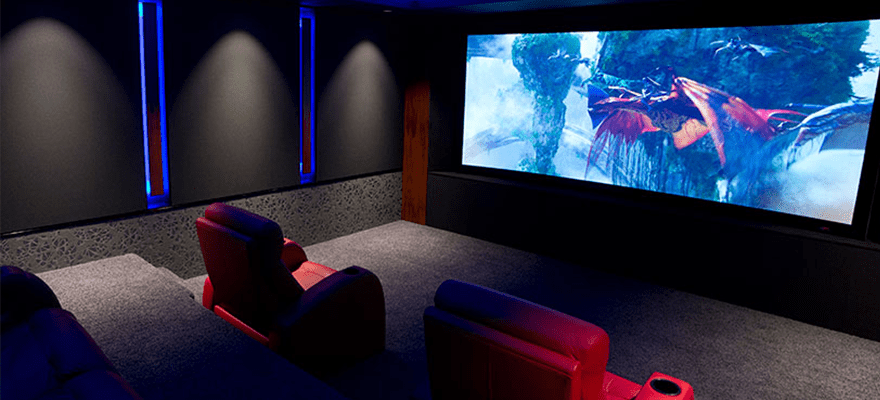SOUNDS INTEGRATION


Once sounds and music files have been created and has been trimmed and levels checked the next step is to import them into the game engine. This process is known as “Sound integration” or “Audio implementing”.
Sound integration is a very delicate process that can enhance or totally ruin the work done by sound engineers and composers. Additionally the sound integrator must have not only programming skills but also audio, acoustic and psychoacoustic knowledge. And finally, obviously, it would be very better if the audio integrator worked on critic listening systems like near field speakers and similar gears, in an acoustic flat room.
For these reasons we decided to offer sound integration services to our partners. Audio implementing is not only the process of connecting the audio files to game events. Link the SFX to the game events is only the first part of the work. After that, depending on the situation, is useful compress some sounds, use filters and Eq, doppler effects or activate 3D audio etc…
After the sound has been integrated into the engine it is time to trigger it up to specific events. If the sound is to be played as part of a character’s movements (for example a jump) then animation notifications are placed onto the required animations. If the sound is an ambience, for example a fire sound, there will be sound triggers placed inside the level.
All sounds need radius parameters that will determine over what area the ambience will be heard, so that the player will get the aural illusion of moving. Here, depending on the project, could be interesting activate the 3D audio and work on binaural parameters, proximity, panning, reverberation and doppler effects, in order to simulate a real acoustic environment.
More, for example is possible to create side-chain compression, also known as ducking process, in order to turn down the volume of the music when some specific sound events are triggered. It’s very useful when developers want add power to sounds like explosions, bashes, shooting and similar stuff.
In the end is necessary mix and balance all the sounds in relation to themselves but also in relation to the soundtrack. When you have 200 sounds or more, this mixing process could be stressful without the approach of a sound engineer.
There’s no limits to what is possible to do with a good sound integration. Developers involved in creating games for the virtual reality, or games in which audio play an important role, should take the sound implementation process really seriously.


